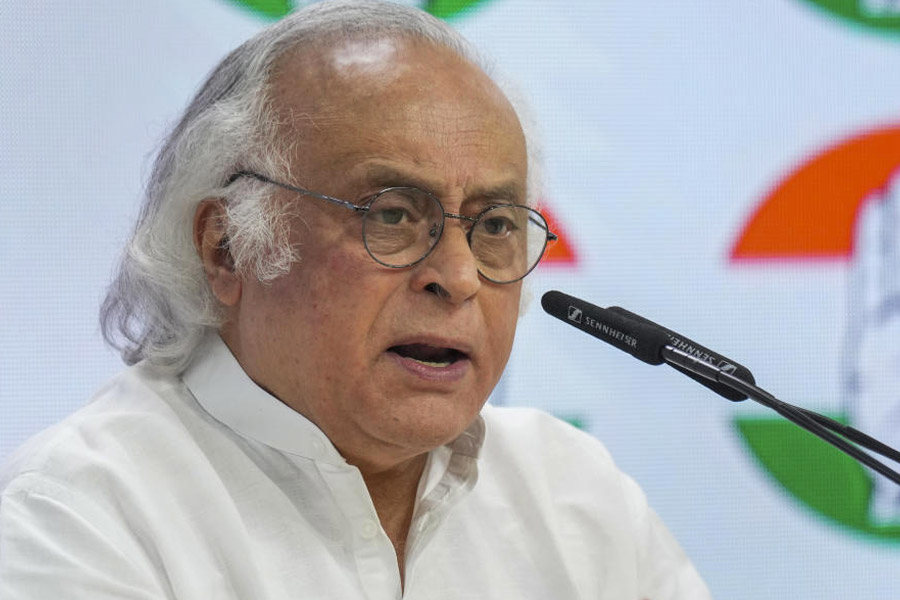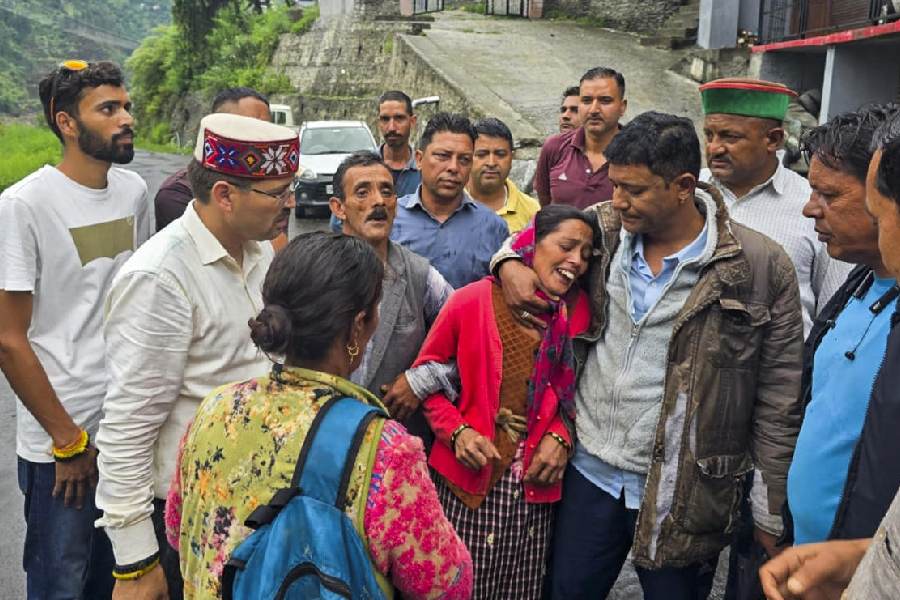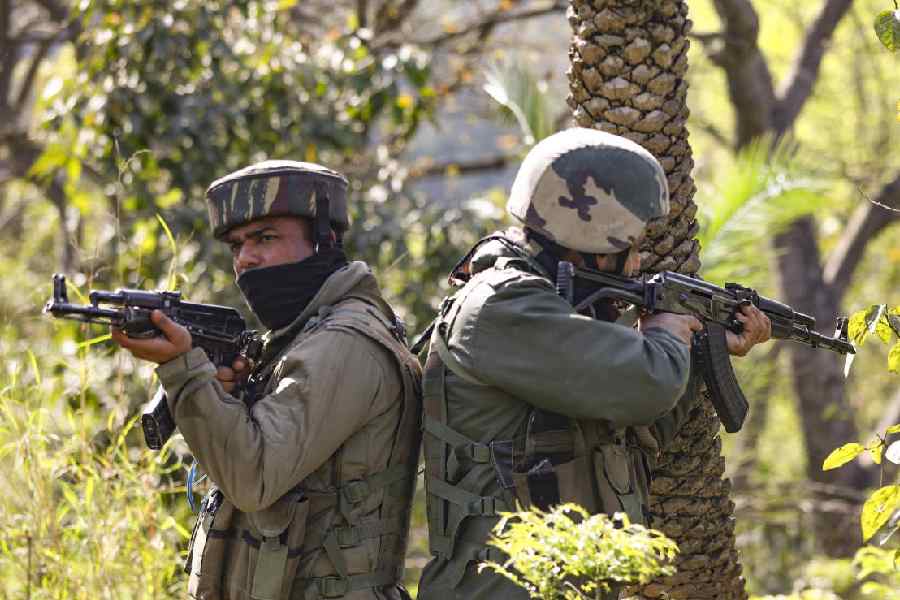Ranchi, July 9: The Indian Social Institute, New Delhi, in a survey report on development-induced displacement and rehabilitation in Jharkhand from 1952 to 1995, has come up with unsavoury facts, which point to a cultural crisis for tribals of the state.
Of a total of 15,03,017 people displaced in the state, 6,20,372 are tribals. According to the report, such displacement has adversely affected the natural habitat of tribals who often move to densely-populated places and find the going tough there. They also do not find enough places of worship after migrating and have to cremate the dead in their backyards for lack of alternatives.
“Tribal women of Jharkhand, who used to pick leaves from the forest and sell plates made from the same, are forced to migrate. These women often fall prey to sexual exploitation in the name of getting jobs as maid servants,” said Vasvi, a social activist.
“The Netarhat field firing range project, which has spawned so many demonstrations and protests in the recent past, will displace 2.35 lakh people (245 villages) if the government does not take proper steps to prevent the same. The Koel-Karo dam project will displace 2.5 lakh people (250 villages),” said Stan Swamy, who also contributed to the study.
“Heavy Engineering Corporation Limited, Ranchi, Bokaro Steel Plant, Sindri fertiliser and the Patratu Thermal Power Station have displaced over 10,000 families. In 1951, the tribal to non-tribal ratio was 60:40 in Chhotanagpur while in 1981, the same ratio reversed to 40:60,” he said.
“Development is all right, but how are we supposed to live without our natural habitat? We are living on the edge due to army firing. We have to leave our houses and stay in the forest without food and shelter,” said Rameshwar Oraon, a villager of Netarhat.











